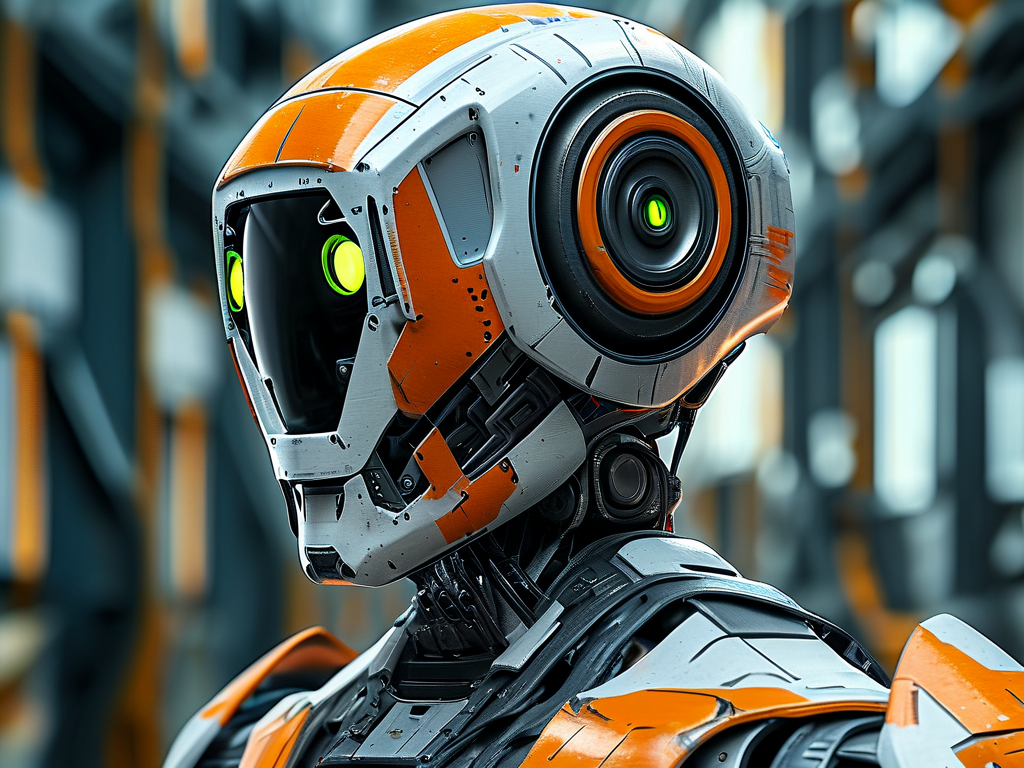In an era where technology intersects with creativity, a growing community of tech-savvy makers is redefining robotics through unconventional projects. These technical enthusiasts, often working from garages or home labs, are pushing boundaries with self-designed robotic systems that blend practicality with imagination.
The Maker Movement's Impact
The DIY robotics wave owes much to accessible hardware platforms like Arduino and Raspberry Pi. A notable case involves 24-year-old programmer Elena Kovac, who recently unveiled a kitchen assistant robot built using salvaged drone motors and machine learning algorithms. Unlike commercial models, her creation integrates custom voice commands ("Hey Chef, chop slower!") and adapts to users' cooking habits through computer vision – all programmed in Python on a $35 single-board computer.
Another groundbreaking project comes from Singaporean university students who developed a solar-powered surveillance robot for urban farms. Their open-source design, shared on GitHub, utilizes TensorFlow Lite for pest detection and connects to irrigation systems via IoT protocols. Such initiatives demonstrate how hobbyist projects increasingly address real-world challenges.
Technical Breakthroughs
Three key innovations drive this revolution:

- Modular hardware designs enabling component reuse
- AI democratization through frameworks like PyTorch
- Affordable 3D printing for custom chassis fabrication
A fascinating example is the "Bionic Beetle" project by robotics hobbyist group TechHive. Their six-legged walking robot mimics insect locomotion through bespoke servo mechanisms, controlled by neural network models trained on entomology data. The team achieved fluid movement patterns using reinforcement learning – a technique typically reserved for lab environments.
Challenges and Solutions
Despite enthusiasm, makers face hurdles. Component scarcity led Berlin-based developer Markus Weiß to create synthetic sensor data using Unity simulations. "We trained object recognition models with virtual environments before deploying to physical robots," he explains. This approach reduced hardware dependency by 40% in early development stages.

Power management remains another obstacle. The OpenRobot community recently standardized a power distribution board compatible with multiple battery types, cutting energy waste by 18% in prototype tests. Such collaborative solutions highlight the movement's cooperative spirit.
Educational Value
These projects aren't just technical showcases – they're becoming educational tools. California's STEM Academy incorporated student-built robot arms into physics curricula, resulting in 35% improved test scores on mechanics concepts. The hands-on approach helps demystify complex topics like inverse kinematics and torque calculation.
Future Directions
Emerging trends suggest three developments:
- Integration of large language models for natural robot interaction
- Biohybrid systems combining organic materials with electronics
- Decentralized robot swarms managed via blockchain
A preview exists in Project HiveMind – an experimental platform where 50+ micro-robots coordinate using smart contracts. Early trials showed autonomous problem-solving capabilities, like rerouting around obstacles without central oversight.
Ethical Considerations
As capabilities grow, makers grapple with responsibility. The Global Maker Ethics Committee recently published guidelines addressing AI bias in hobbyist robots. One recommendation suggests implementing "ethical circuit breakers" – hardware kill switches that activate when systems detect prohibited actions.
From basement workshops to international maker fairs, technical enthusiasts are writing robotics' next chapter. Their creations prove innovation isn't confined to corporate labs – sometimes, it starts with a soldering iron and stubborn curiosity. As open-source communities flourish and tools become more accessible, expect even more astonishing robotic wonders to emerge from unexpected places.
(Word count: 812)


